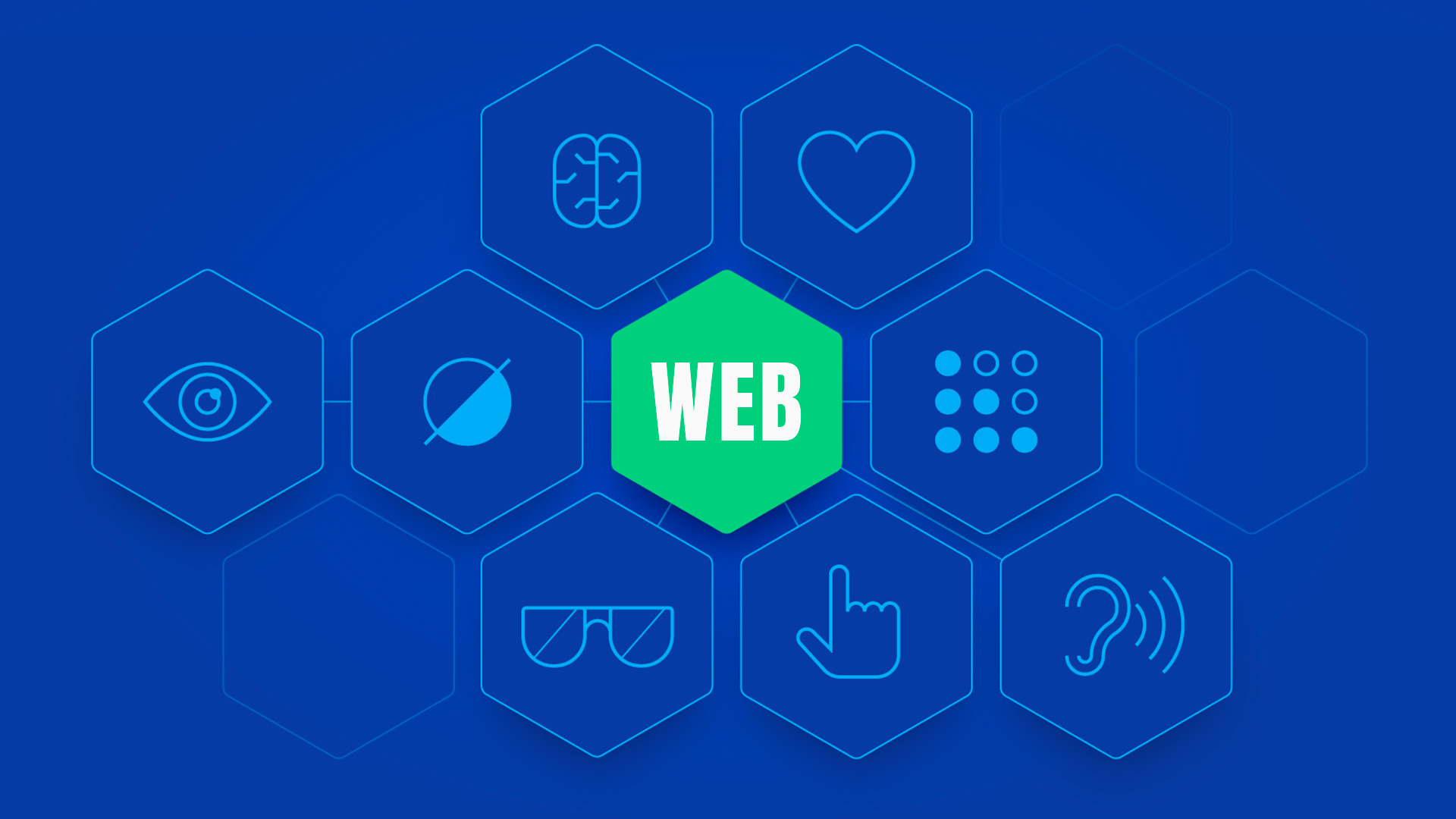In today’s fast-paced world, the integration of Artificial Intelligence (AI) into our daily lives has become increasingly prominent, transforming the way we perform routine tasks and offering convenience, efficiency, and personalized experiences. In this blog, we’ll take a detailed look at how AI is making life easier and more enjoyable for people from all walks of life.
Understanding the Requirement of Artificial Intelligence in Daily Life
The need for Artificial Intelligence (AI) in our daily lives has become increasingly apparent. From personalized virtual assistants that simplify tasks to predictive navigation systems that optimize our commutes, AI enhances convenience, efficiency, and personalization across various domains. Whether it’s automating routine chores or offering tailored recommendations, AI is an indispensable tool that streamlines our daily activities, making life more manageable, enjoyable, and interconnected.
1. Personalized Virtual Assistants:
- Voice Command Convenience: AI-powered virtual assistants like Siri, Google Assistant, and Alexa have revolutionized daily activities. They can set reminders, answer questions, make phone calls, and even control smart home devices—all with a simple voice command.
- Task Automation: These virtual assistants automate mundane tasks, helping you manage your schedule and home effortlessly.
2. Smart Content Recommendations:
- Entertainment Tailored to You: Streaming platforms like Netflix and Spotify use AI to analyze your viewing or listening habits and provide personalized content recommendations. Say goodbye to endless scrolling in search of something to watch or listen to.
3. Navigation and Maps:
- Stress-Free Commutes: GPS and mapping apps, such as Google Maps, employ AI to offer real-time traffic updates and suggest alternative routes. They estimate arrival times, making daily commutes more predictable and less stressful.
4. Efficient Email Management:
- Inbox Optimization: AI-powered email clients categorize and prioritize emails, saving you time by filtering out spam and highlighting essential messages.
5. Language Translation:
- Breaking Down Language Barriers: Apps like Google Translate utilize AI to provide instant translations for both text and spoken language, bridging communication gaps in multilingual environments.
- Personalized Health Insights: Wearable devices and health apps use AI to monitor your physical activity, heart rate, and sleep patterns. They provide valuable insights into your health and send reminders for medication or appointments.
7. Enhanced Online Shopping:
- Personalized Shopping: E-commerce platforms leverage AI to recommend products based on your browsing and purchase history. AI also streamlines the checkout process for a smoother online shopping experience.
8. Voice Typing and Transcription:
- Effortless Note-Taking: AI-powered transcription services convert spoken words into text with impressive accuracy. This is especially useful for taking notes during meetings, lectures, or interviews.
9. Smart Home Automation:
- Efficiency and Security: AI-controlled smart home devices manage lighting, temperature, and security based on your preferences and daily routines, making your home more efficient and secure.
10. Financial Management:
- Budgeting Assistance: AI-driven financial apps analyze your spending habits and suggest budgets to help you manage your money more effectively.
11. Culinary Delights:
- Cooking Made Easy: AI can suggest recipes based on the ingredients you have on hand and your dietary preferences, taking the hassle out of meal planning.
12. Language Learning Reinvented:
- Personalized Lessons: AI language learning apps offer tailored lesson plans that adapt to your skill level and pace. They can even provide pronunciation feedback.
13. Mental Health Support:
- Accessible Resources: AI chatbots and apps offer mental health resources, including relaxation exercises and meditation guidance. They also provide a listening ear and emotional support.
14. Accessibility for All:
- Inclusivity: AI technologies enhance accessibility for individuals with disabilities, offering text-to-speech capabilities and enabling voice commands to control devices and applications.
15. Creative Entertainment:
- AI-Generated Art and Music: AI-generated content introduces new forms of entertainment, from art and music to video games, enriching our cultural experiences.
Key Strategies for Implementing Web Accessibility
Here are some pivotal strategies to make your website more accessible:
-
Semantic HTML: Utilize proper HTML elements to structure your content effectively, aiding screen readers in interpretation.
-
Alt Text for Images: Attach descriptive alternative text to images, enabling visually impaired users to comprehend their content.
-
ARIA Roles: Implement Accessible Rich Internet Applications (ARIA) roles to enhance the accessibility of dynamic web content and applications.
-
Keyboard Navigation: Ensure all website features can be accessed and operated solely using a keyboard.
-
Continuous Testing and Auditing: Regularly evaluate your website for accessibility issues and employ automated tools to pinpoint and rectify problems.
In Conclusion
Web accessibility is not merely a technical consideration; it is a societal obligation and legal requirement. Ensuring that your website is accessible is not just ethically right but also advantageous for your brand, users, and the online community at large. By prioritizing web accessibility, you create a more inclusive digital realm where everyone can engage, contribute, and access information devoid of hindrances. So, begin your journey towards a more accessible internet today, bridging the digital divide for all and making a meaningful impact on the online wor
